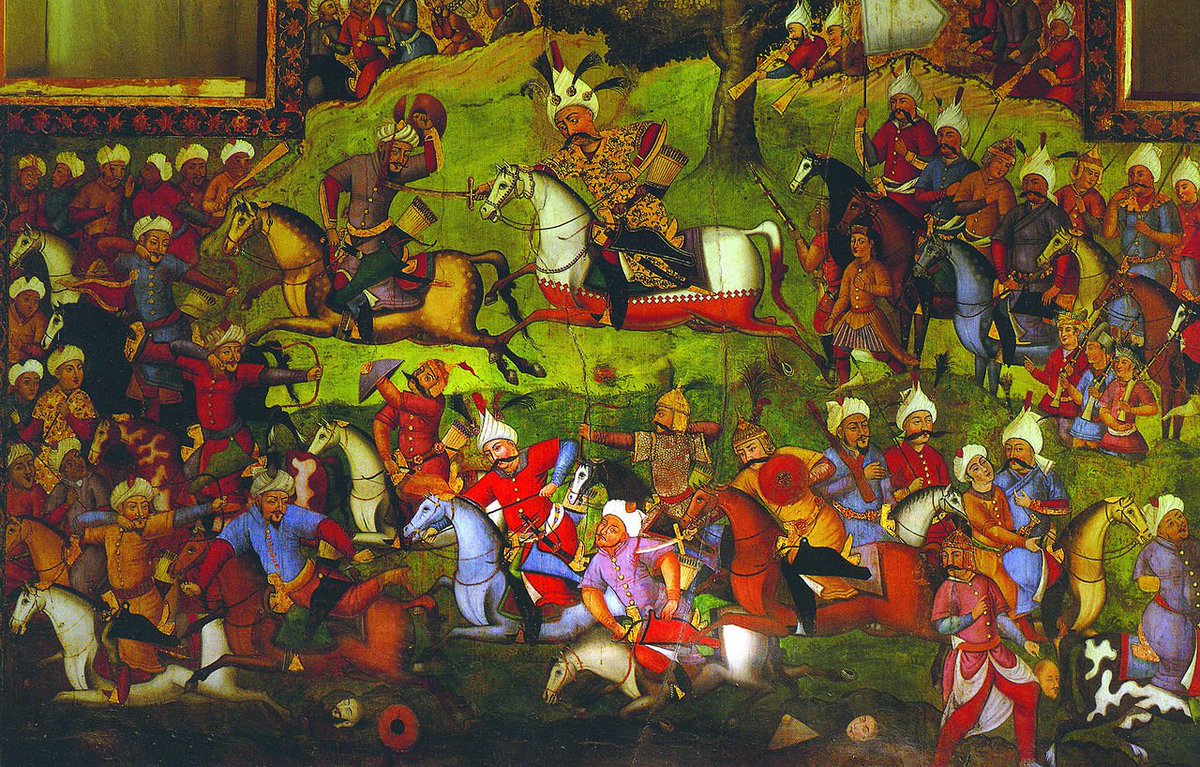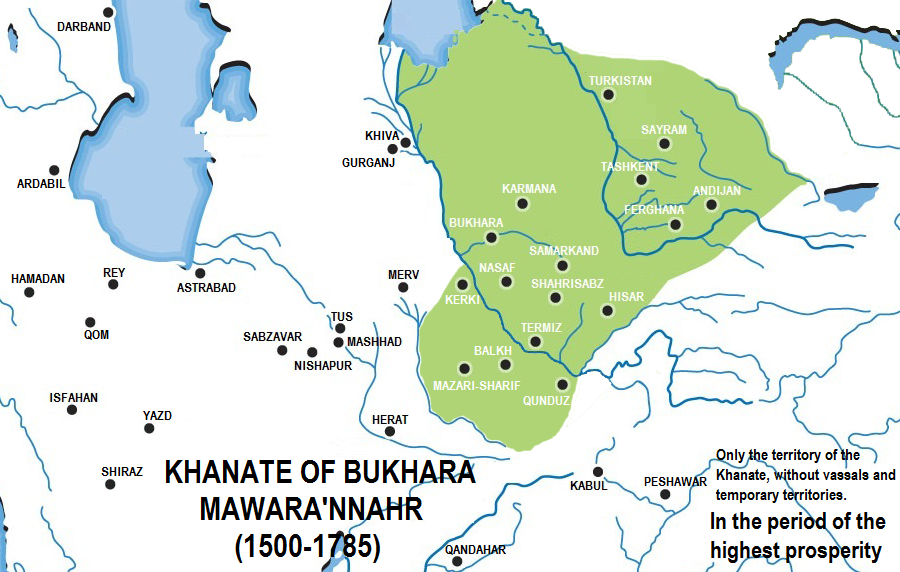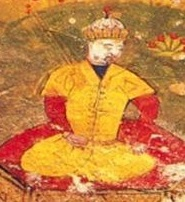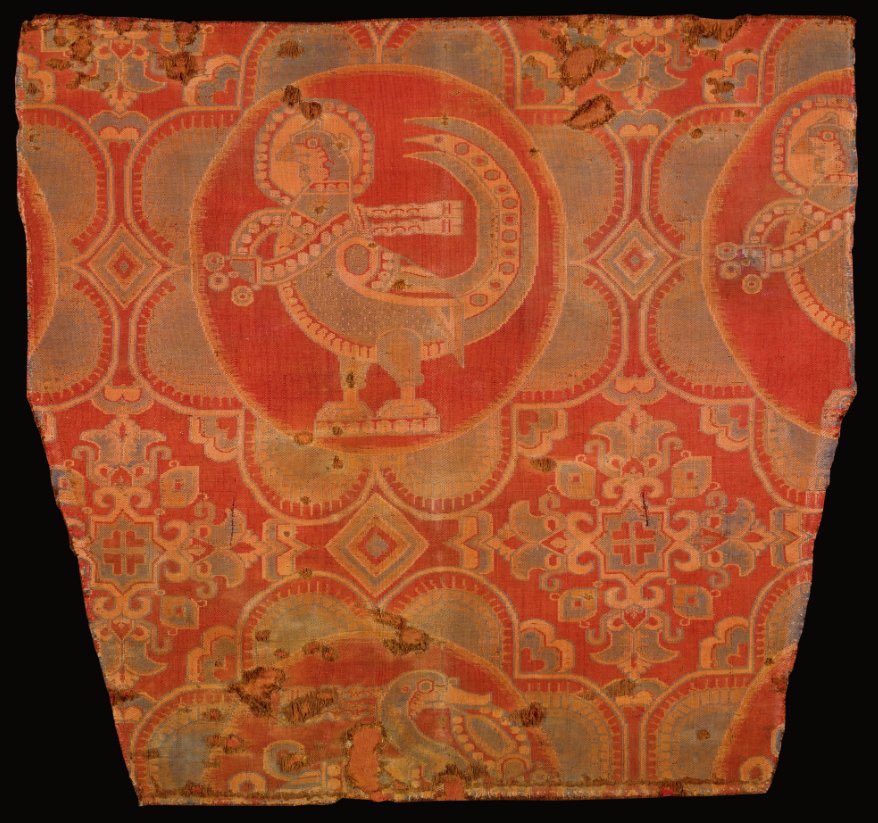
On Nowruz 1350 (1971/72), the Shah declared the new year “Cyrus the Great Year.” He said: “The best gift which we can certainly offer to this immortal hero at the beginning of such a year is the existence of a proud, progressive and prosperous Iran who, ~rs 1/20 
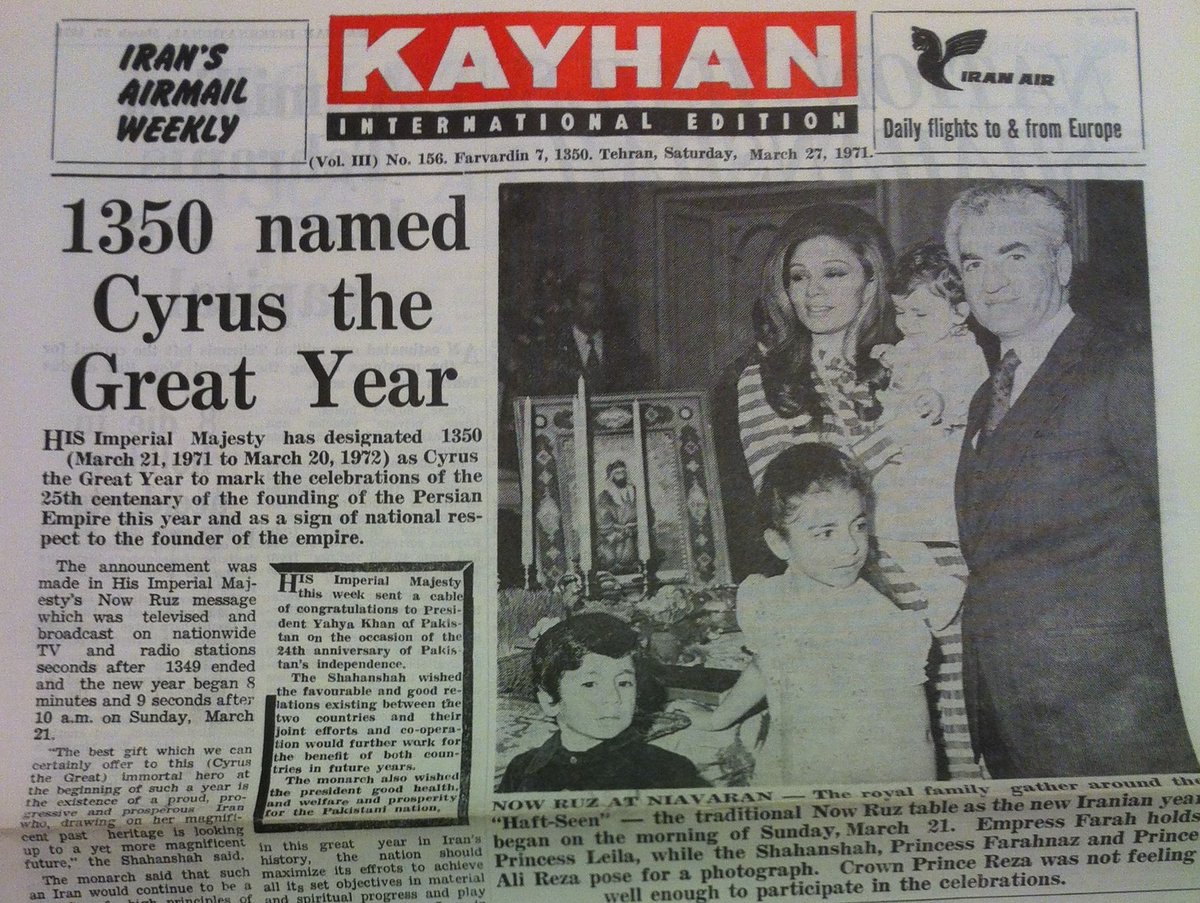
drawing on her magnificent past heritage is looking up to a yet more magnificent future.” During this special year, the regime placed great emphasis on economic development: dams, industrial complexes and hotels were completed and airports and roads were expanded. ~rs 2/20 

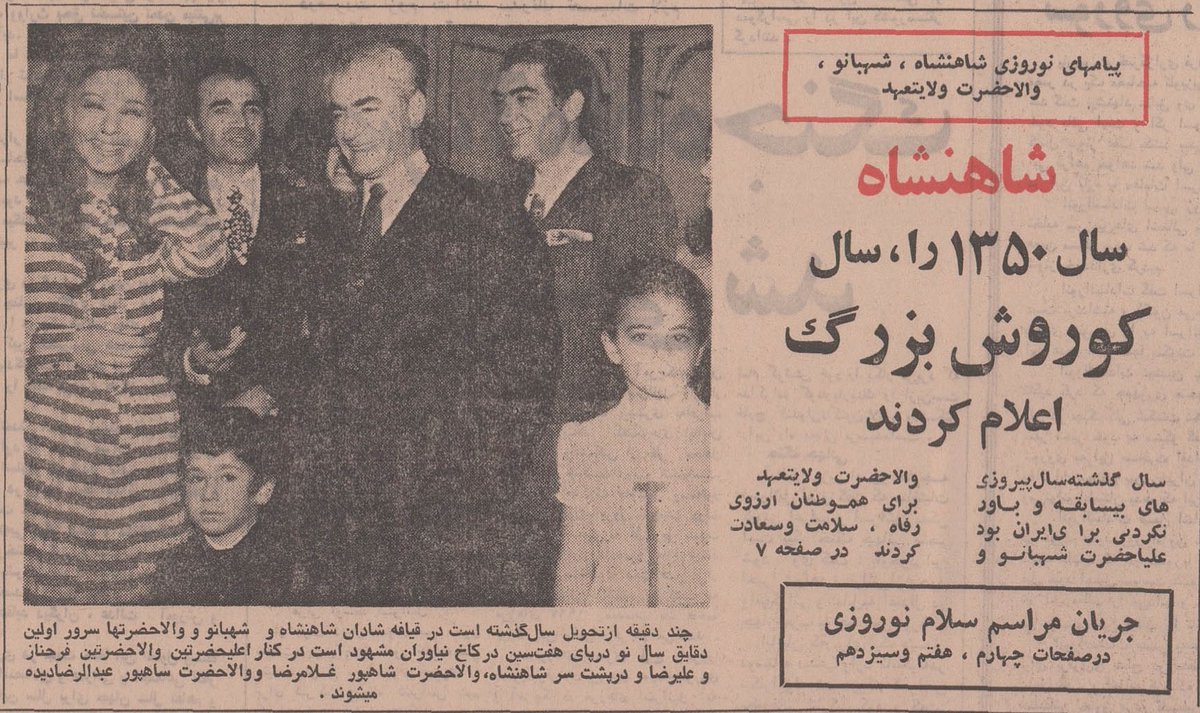
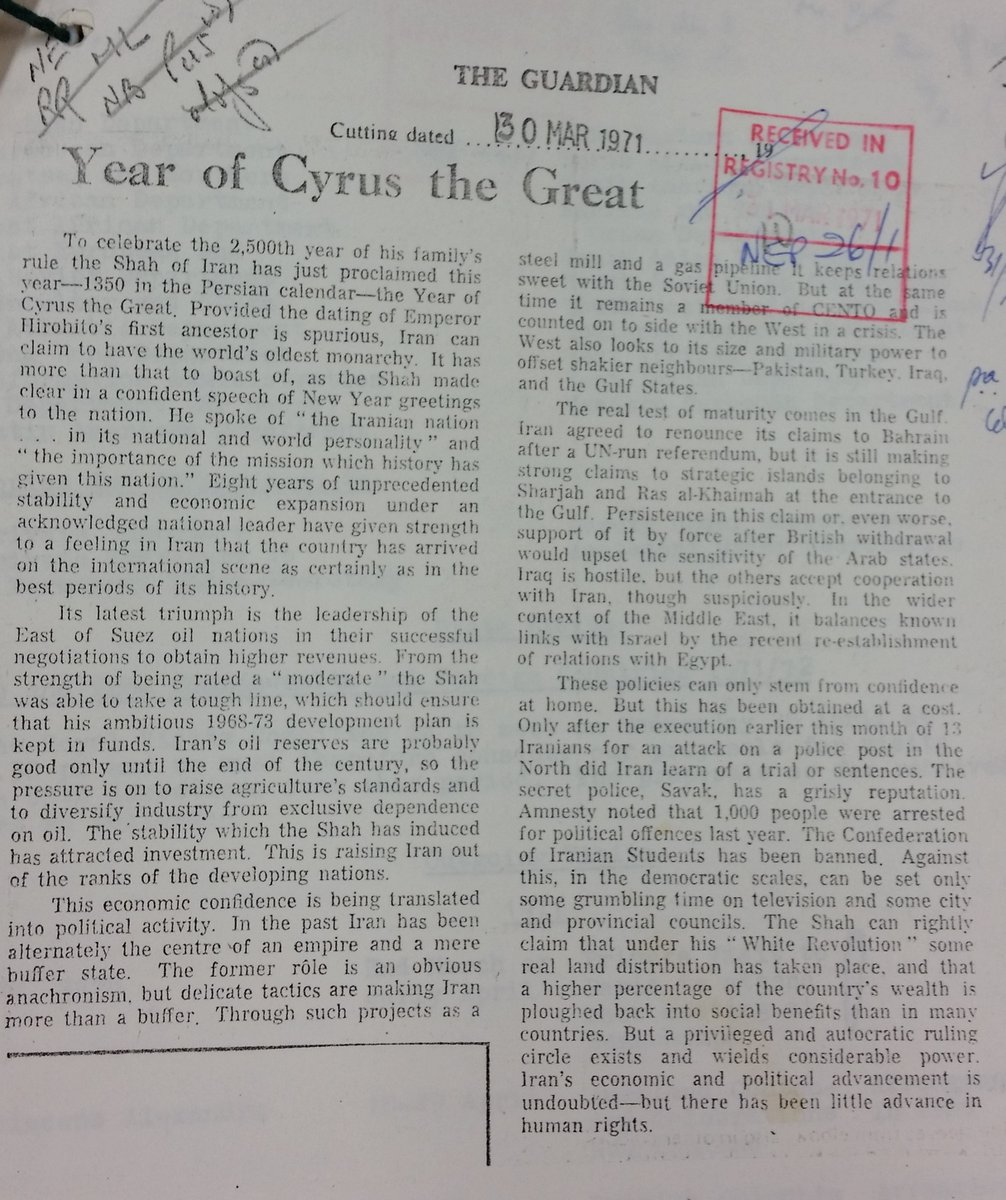
In addition, the Cyrus the Great Year and the 2500th Anniversary Celebrations were marked by cultural and scholarly events around the world. Shojaeddin Shafa had encouraged foreign participation through cultural activity, particularly through UNESCO. ~rs 3/20 

At its 1960 Gen. Conference, UNESCO had passed a resolution urging the world to join in the commemoration of Cyrus. According to official figures, foreign contributions to the Celebrations included 131 books published on Iranian civilisation and culture, 143 exhibitions,~rs 4/20 

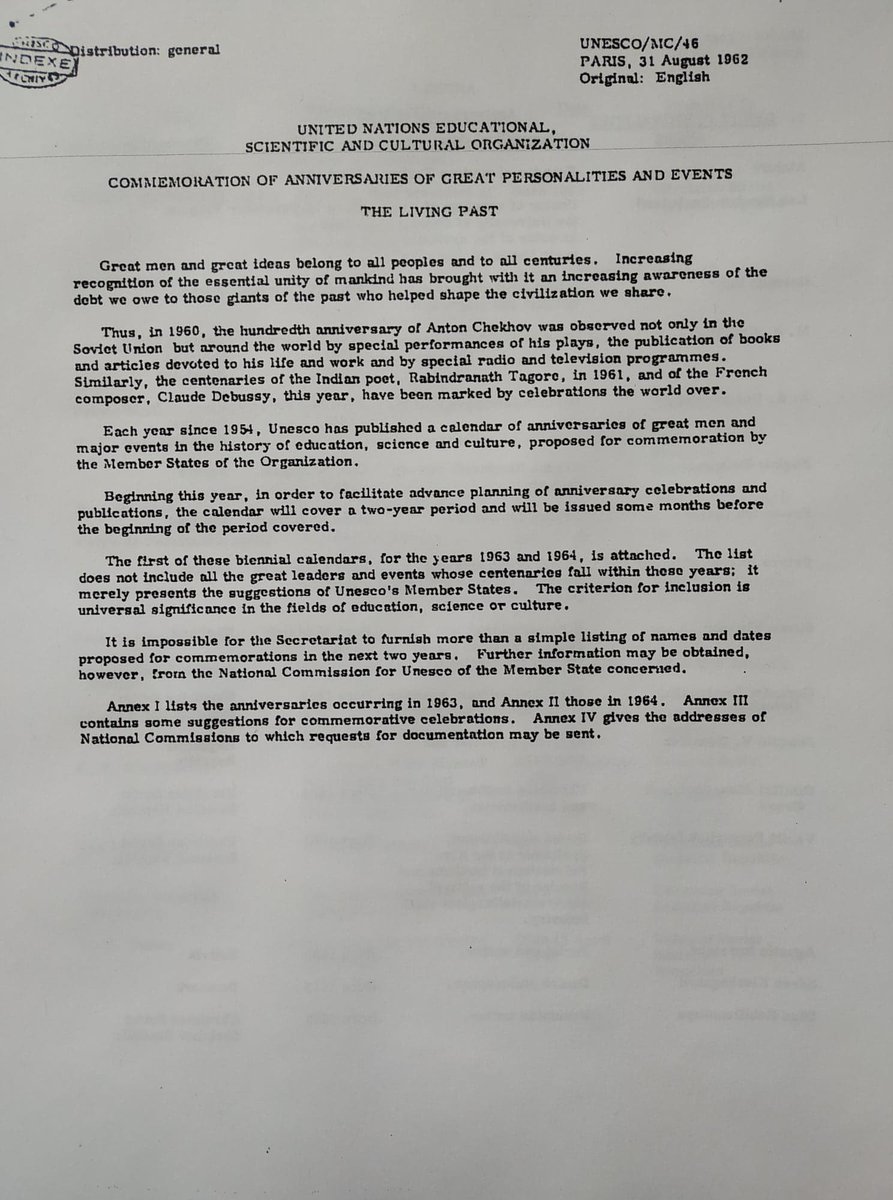

326 congresses, seminars and other academic proceedings and 37 artistic events, including poetry readings and ballet, theatre and classical music performances. Many of these events were organized by special “Cyrus the Great Committees,” set up in countries ~rs 5/20 
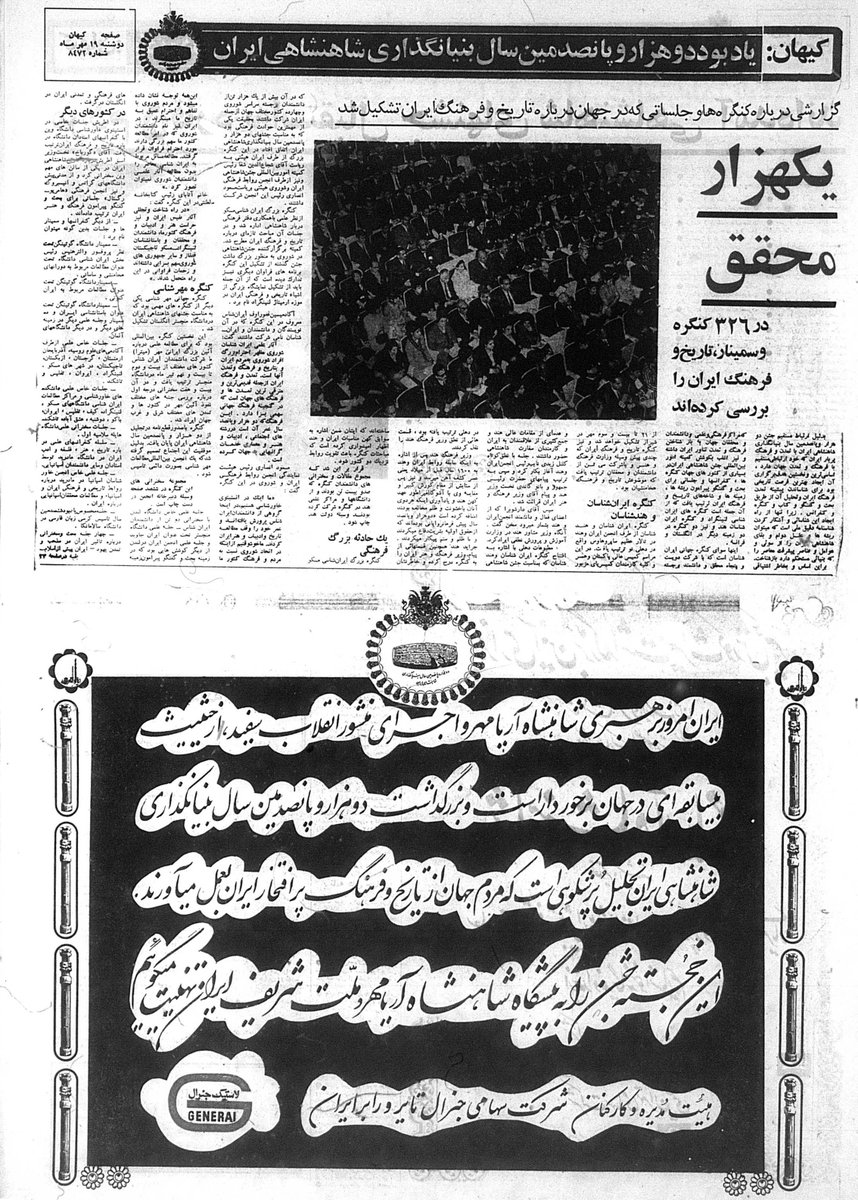
around the world, typically chaired by the head of state. By the time the Celebrations were underway in 1971, there were 70 such committees - Shafa is pictured here in front of a map marking them. ~rs 6/20 

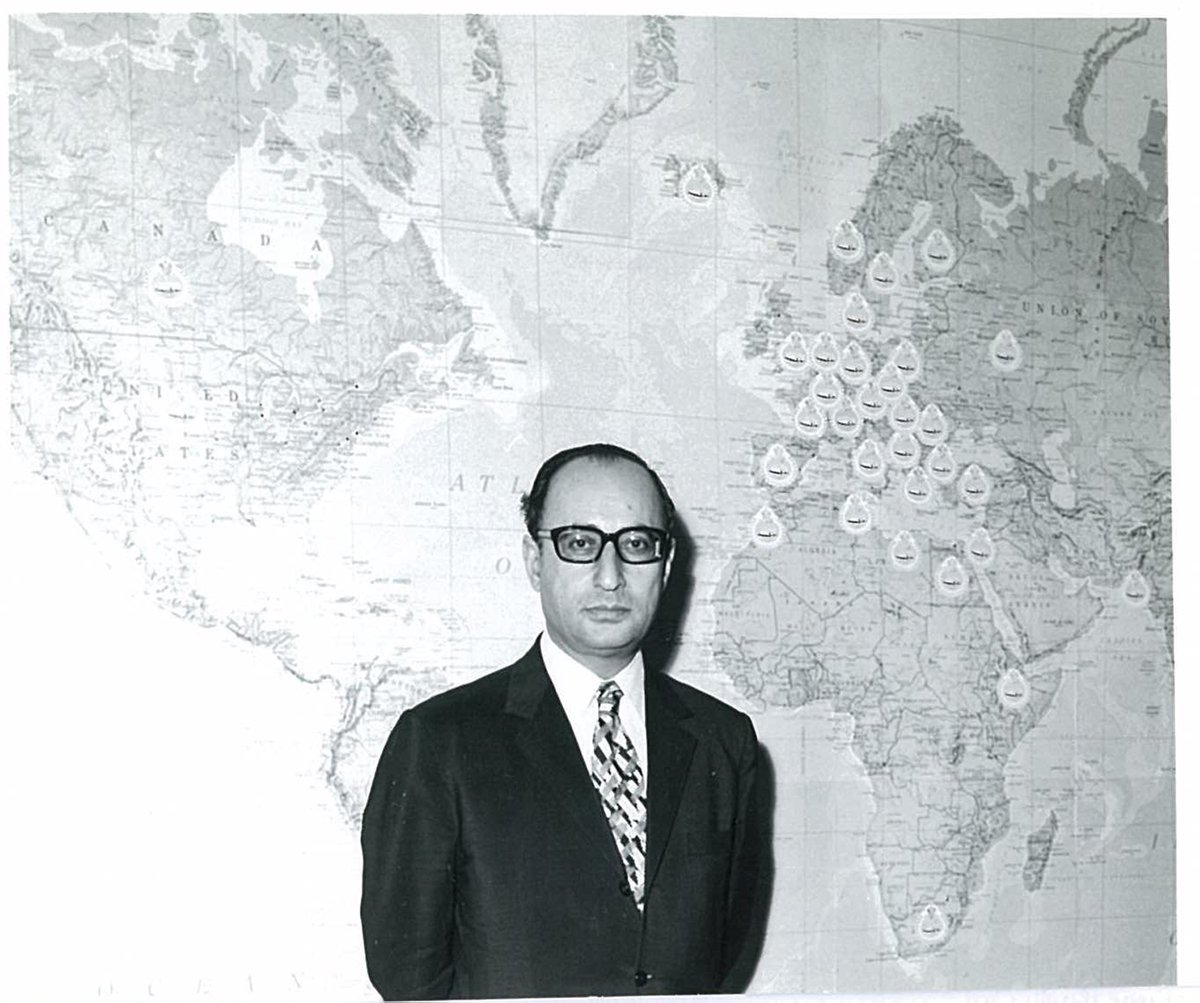

The committees typically consisted of business leaders, political figures and academics. Among the members of the British committee were Lord Hartley Shawcross, lead barrister at the Nuremburg trials, media tycoon Vere Harmsworth, chairman of BP David Steel, ~rs 7/20 
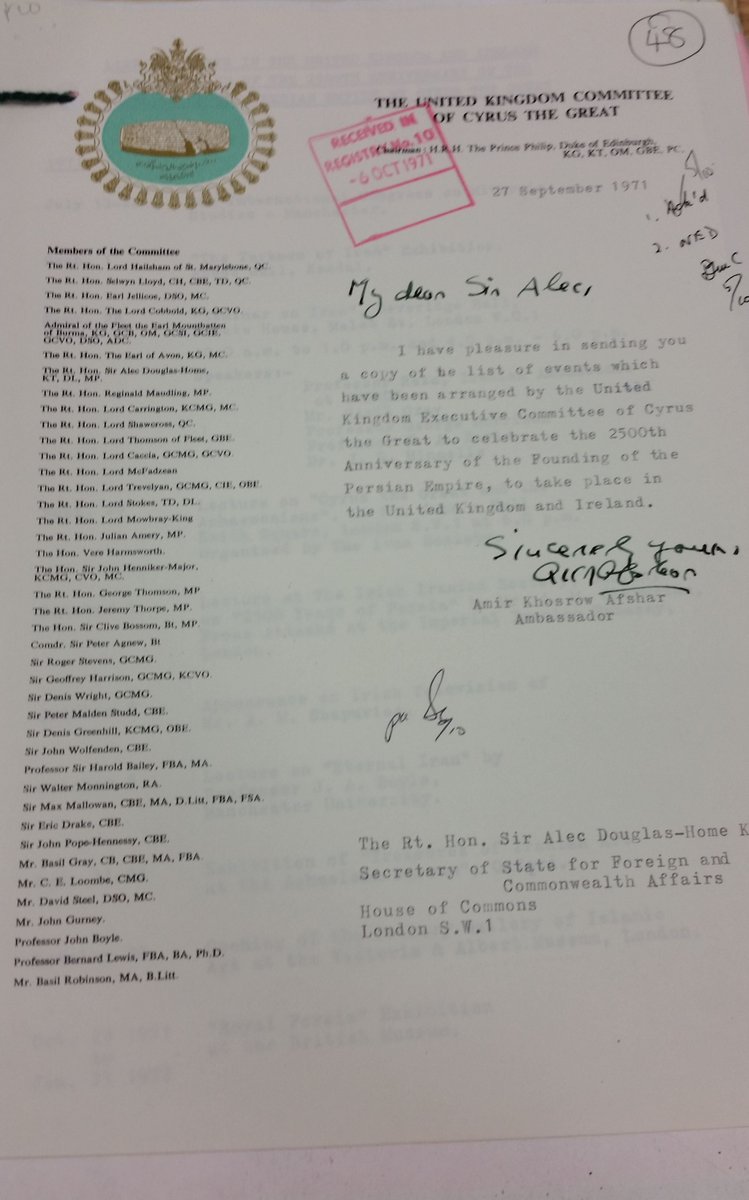
former ambassadors to Iran Sir Denis Wright & Sir Roger Stevens, alongside academics including Sir Max Mallowan, John Boyle & Bernard Lewis. The museum exhibitions & scholarly events organized by these committees often had a political impetus & from the diplomatic records,~rs8/20
it is clear that countries kept an eye on each other’s contributions to ensure their own measured up. For example, opening an exhibition titled 2500 Jahre Kaiserreich Iran at the Museum für Völkerkunde in Vienna, President Franz Jonas stressed the ~rs 9/20
unique ‘bond of friendship’ between Iran & Austria: “Austria and Iran have never been enemies. The Austrians may be proud of the fact that the treasures of Iranian culture, which our country looks after, never came into Austrian possession as trophies of armed conflict, ~rs 10/20 
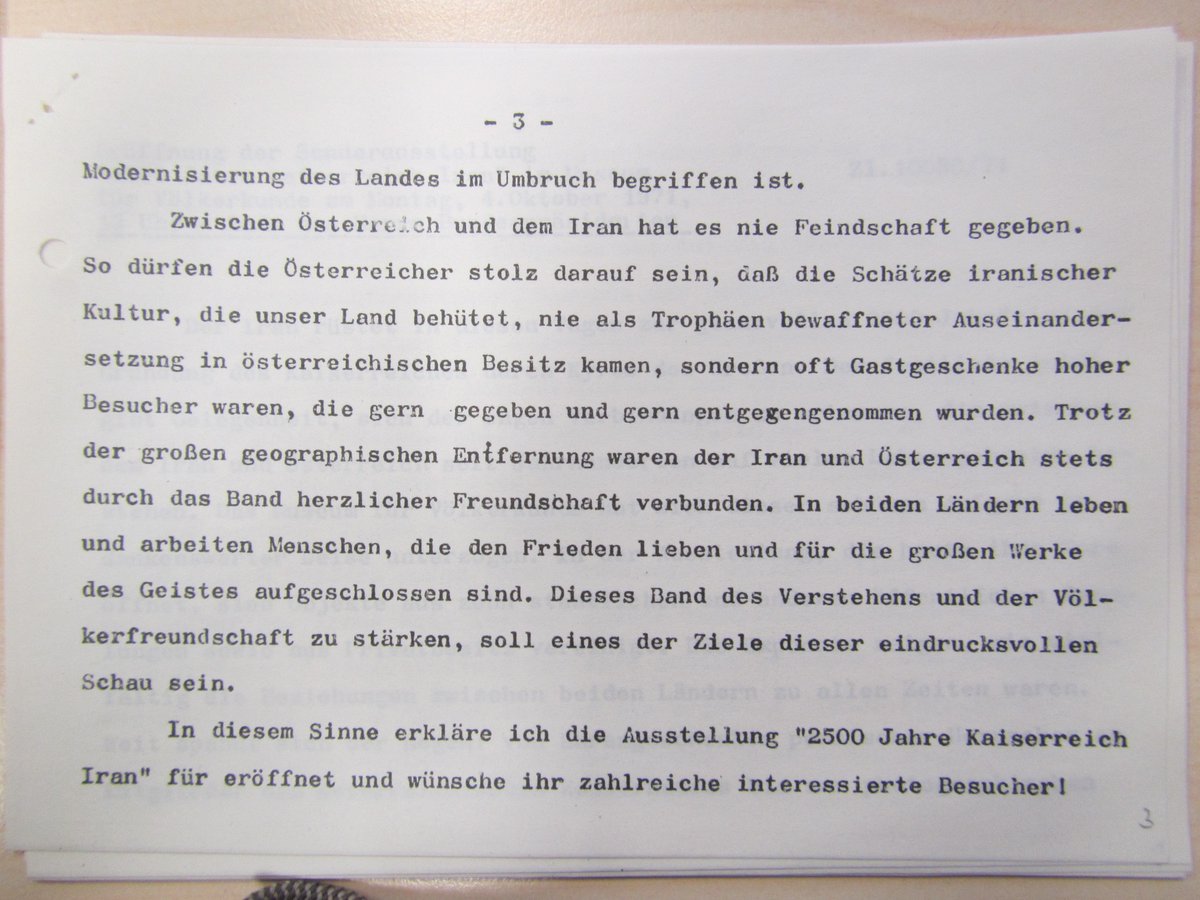
but instead were often gifts from highly-placed guests, which were gladly given and gladly received. Despite the great geographical distance, Iran and Austria have always been connected by a bond of friendship.” ~rs 11/20
In Germany, Bundeskanzler Willy Brandt wrote in the introduction to a scholarly publication titled Festgabe Deutscher Iranisten zur 2500 Jahrfeier Irans. In the Netherlands, a ceremony was held at the Hall of Knights in The Hague on 14 October, ~rs 12/20 
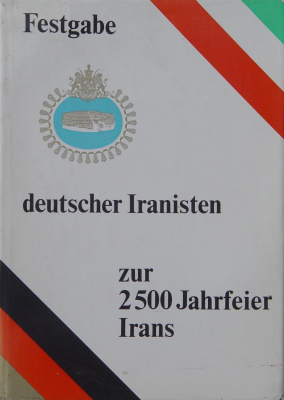
coinciding with the Gala Dinner at Persepolis. Professor Arie Kampman gave a lecture on Cyrus the Great to the 600 guests, including Queen Juliana, Princess Beatrix and Prince Claus, plus the Iranian ambassador and the ambassadors to the Netherlands of 40 other countries.~rs13/20 
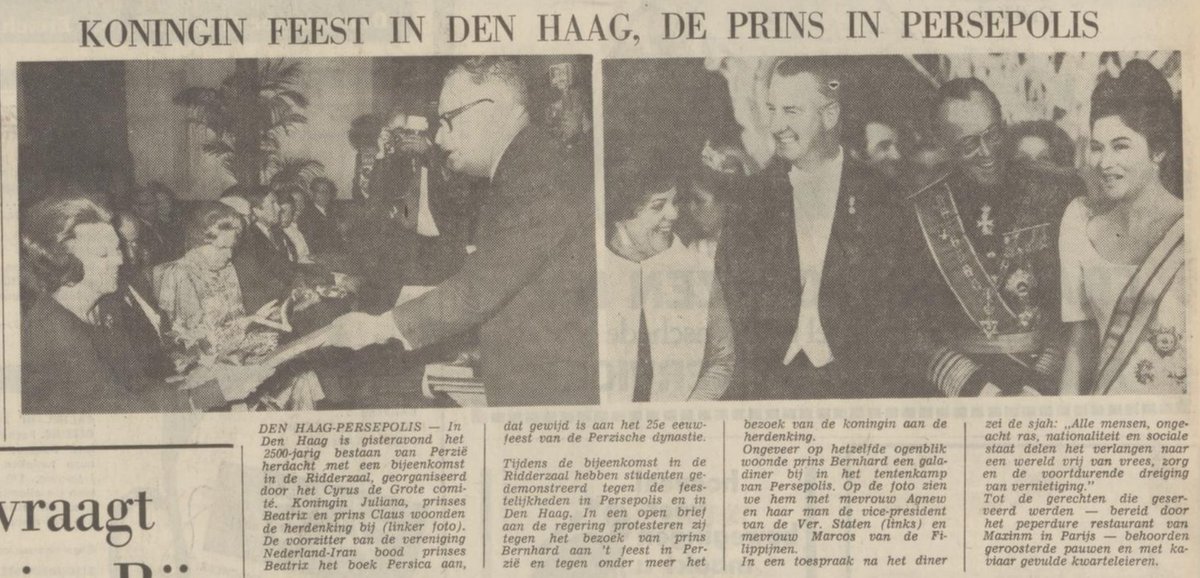
The Queen was presented with a special edition of the Society Holland-Iran journal Persica & a film was shown. Foreign governments also explored opportunities to contribute inside Iran. The Dutch Government considered having the Concertgebouw Orchestra perform there,~rs 14/20
and the Berliner Symphony Orchestra, the London Symphony Orchestra and Vienna Symphony Orchestra were also put forward by their respective governments. These proposals were rejected due to financial and logistical constraints. ~rs 15/20
The British Council organized two exhibitions to tour Iran during the Celebrations: one on the art of Henry Moore and one on British Contributions to Persian Studies. Scholarly organizations with an Iranian focus also contributed. ~rs 16/20
In Italy, IsMEO invited scholars to enter papers into a competition, with a $4,000 prize for the best submission, to be judged by its Board of Examiners; and Sir Max Mallowan gave a talk on Cyrus the Great to the Iran Society in London, ~rs 17/20 

subsequently published by the British Institute of Persian Studies in its journal “Iran.” The scale of the international attention for Iran, not just during the main festivities in Mehr 1350 (October 1971), but in the whole of 1350, was unprecedented. ~rs 18/20
The British ambassador to Iran at the time later became US ambassador and said the Celebrations “put Persia-Iran on the map… When I was in the United States afterwards, people knew about it – ‘Oh, gee, were you at Persepolis?’ They actually knew where Persia was. ~rs 19/20
They never knew before. It was a successful way of putting Persia on the international map.” This aspect of Celebrations, in line with Shafa’s broader and longer-term cultural policy goals at the Imperial Court, was extraordinarily successful. ~rs 20/20 
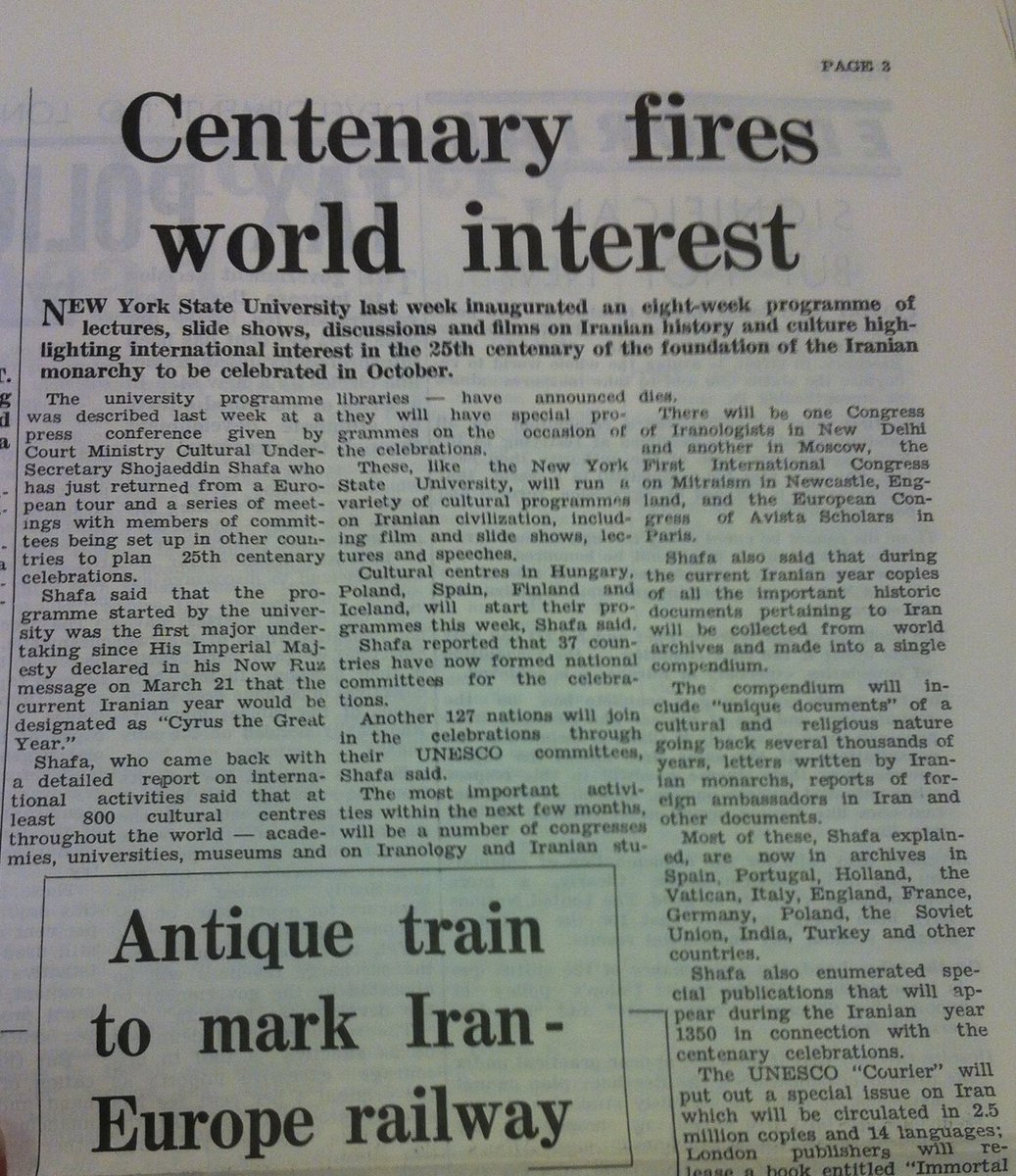
• • •
Missing some Tweet in this thread? You can try to
force a refresh


